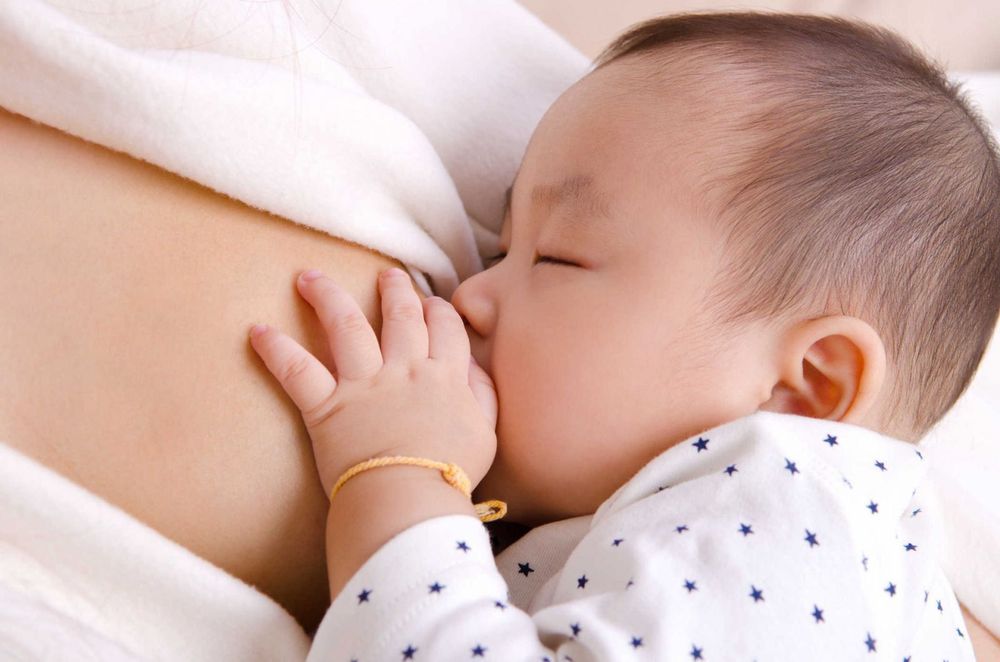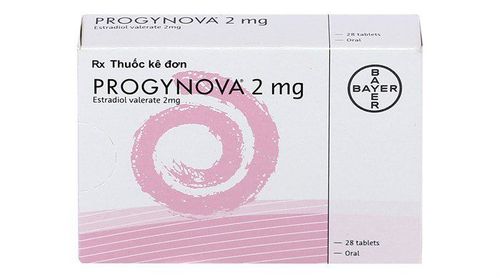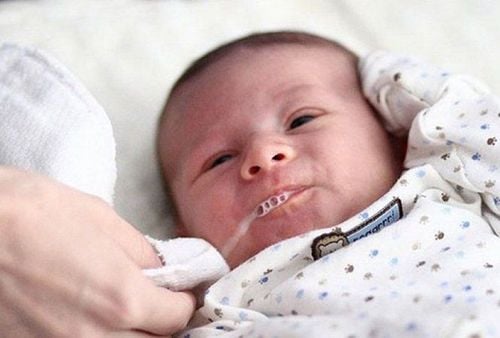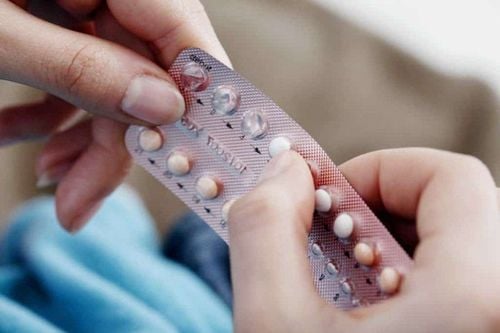This article is reviewed by Specialist II Doctor Pham Thi Tuyet Mai, an obstetrician and gynecologist at the Department of Obstetrics and Gynecology in Vinmec Hai Phong International General Hospital.
If a woman conceives within the first year after giving birth, the signs of pregnancy while breastfeeding may be unnoticed. While breastfeeding, the mothers often experience several discomfort and sensitive changes in their bodies. Most of them do not have a regular menstrual cycle. These make pregnant detection difficult. Therefore, to build an appropriate action plan, it is important to learn how to recognize gestation early while breastfeeding.
1. How soon is a woman able to be pregnant while breastfeeding?
If a mother does not breastfeed, you can get pregnant again three weeks after giving birth. However, a study found that most women don't ovulate until six weeks after labor if they choose to breastfeed. Also, if you decide to exclusively breastfeed your baby, it can act as a relative method of birth control for up to six months.
Unfortunately, it is difficult to know when the first ovulation occurs. The mother only recognizes it until her first period returns, while she may be fertile before. Besides, basal body temperature measurement may not confirm ovulation reliably as before. Some available options are available to help detect ovulation earlier like LH test strips, which detect the hormonal rise before ovulation.
Therefore, a woman should always seek an effective contraception method both before and after the baby is born. These times are ideal for enquiring about new birth control methods and considering management options.
2. What are the chances of getting pregnant while breastfeeding?
If breastfeeding is done perfectly, as a contraceptive, its effectiveness can be up to 98%. This means that the mother only breastfeeds her baby for the whole first six months. After that, the chances of getting pregnant increase rapidly.
Of course, this is different for each woman. In some cases, the ovulation, when it is easy for pregnancy to occur, may take longer to resume.

3. How to detect pregnancy while breastfeeding?
The signs of pregnancy while breastfeeding are often the same as those of a previous pregnancy. They are classified based on the reliability of predicting pregnancy.
3.1.Presumptive signs of pregnancy
These signs have a lower predictive value (only the mother herself can feel them). These include:
- Breast tenderness and sensitivity
- Decreased milk production
- Frequent fatigue, lethargy, drowsiness
- Frequent urination
- Morning sickness
- Vaginal bleeding pattern “pregnancy bleeding”
3.2. Possible signs of pregnancy
These signs can be observed by others than the mother herself. Therefore, they are more reliable, including:
- Fetus palpation from abdominal wall
- Braxton Hicks contractions - noncyclic uterine contractions
- Chadwick signs - darker color change of vulva and vaginal area
- Goodell's sign - softer adnexa due to local flow expansion and vascular distribution
- Hegar sign - softer isthmus on vaginal physical examination
- Laboratory evidence: urine dipstick, blood beta HCG measurement, and a cyst in the uterus seen with ultrasound
3.3. Certain signs of pregnancy
If a nursing woman has one of these certain signs, you are 100% pregnant. To date, only three signs have been admitted by medical professionals:
- The fetal heart rate is independent from the maternal heartbeat.
- Detecting fetal images via ultrasound
- Fetal - movement feelings are confirmed
4. Should a mother continue to breastfeed while pregnant?
There are no rigid rules about breastfeeding while pregnant. However, make sure the mother is getting enough nutrients. During this period, the mother should consume sufficient calories not only for herself but also for the nursing baby and for the developing fetus. In fact, breastfed babies may refuse breast milk during the first few months of pregnancy. A reason can be the taste of breast milk changes. Further, decrease in the mother's milk supply may cause the child’s refusion. At last, the decision to wean the baby will soon be made.
On the other hand, can some women breastfeed while nurturing a fetus in their wombs. It depends on their feelings and the quantity and quality of their milk supply. Finnally, breastfeeding is always the top priority.

5. Contraceptive options while breastfeeding
Hormonal contraceptives continue to be a reasonable option for women who are breastfeeding. The data reported that hormonal methods are completely safe for mothers as they are harmless for either the mother’s and the infant’s health or breast milk supply.
To implement birth management, a woman can choose using injections, implants, IUDs, or some birth control pills right after childbearing. An implant or an IUD should be consulted by a professional and inserted at the hospital or during a postpartum health check. They are very effective and only last for several years. After applying these methods, a woman is free to avoid unwanted pregnancies, such as memorizing to take one pill a day and can give her full attention to care for her small child.
However, remember do not use methods with estrogen hormones such as the pill, patch, or IUD during the first 3 weeks after giving birth. Then, the woman could be able to start any of these methods.
In addition, other non-hormone birth control options are male condoms, female inner condoms, diaphragms, and cervical caps. If you've used a diaphragm or cervical cap, wait until your first postpartum physical visit to start using it again. Most doctors recommend no putting anything in your vagina until the first checkup. Sometimes, it is necessary to upsize them for a better effect.
Finally, a permanent contraceptive method is tubal ligation (also known as sterilization). This is only appropriate for women who are in a certain age and not willing to have more kids.
In summary, the signs of pregnancy can be difficult to detect while breastfeeding. If you are busy taking care of infants and you have irregular periods, these signs are even harder to detect. Therefore, although breastfeeding is a safe method of contraception, it is not a perfect option. Whenever you suspect that you are pregnant while breastfeeding, you should consult an obstetrician as soon as possible for advice and appropriate decisions.
Please dial HOTLINE for more information or register for an appointment HERE. Download MyVinmec app to make appointments faster and to manage your bookings easily.













